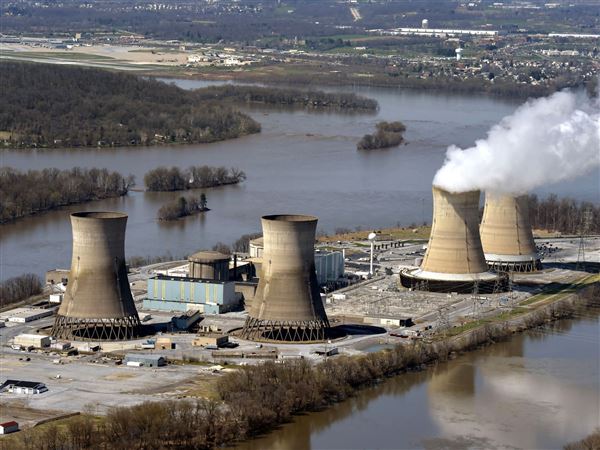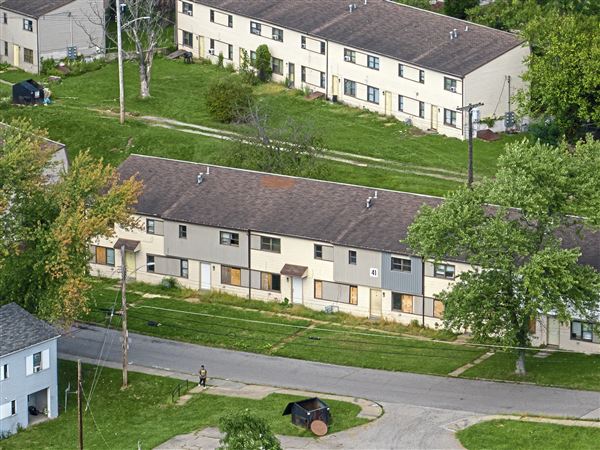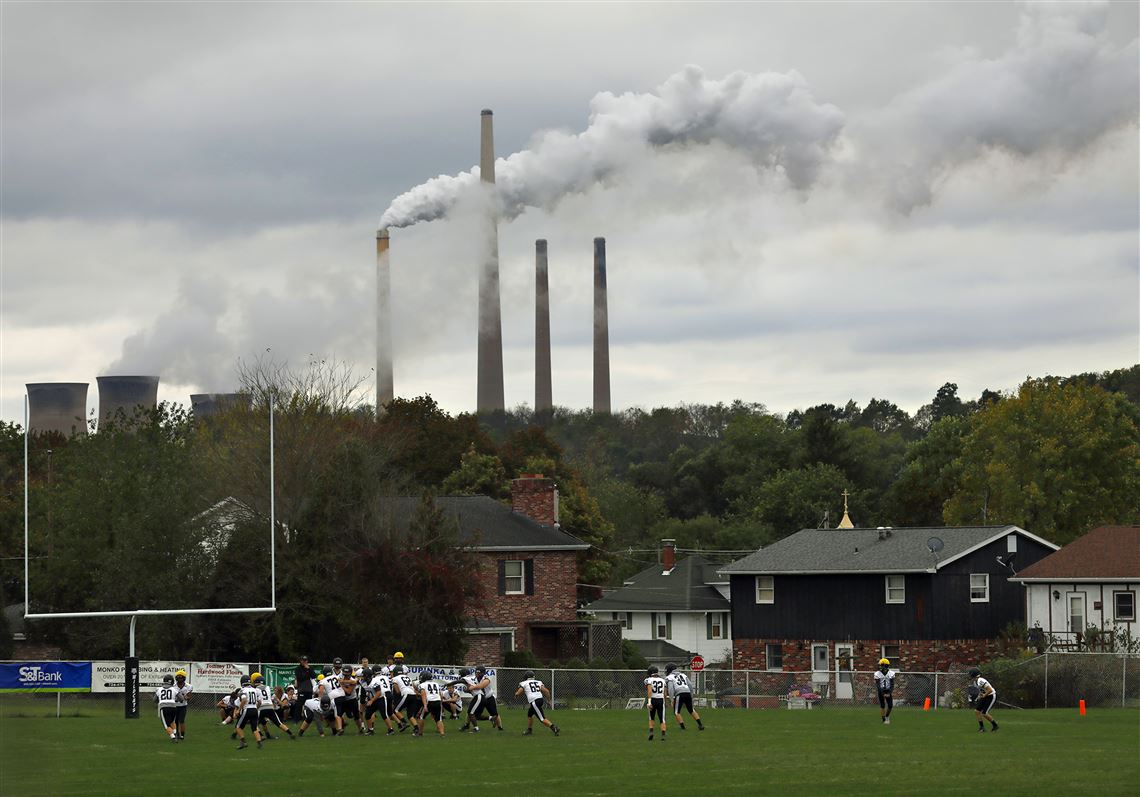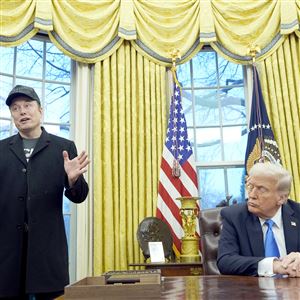The Pennsylvania Department of Environmental Protection has been chronically understaffed for years. The Department is currently unable to fulfill its basic mission to protect public health and the environment.
Additional positions proposed in Gov. Josh Shapiro’s 2024-2025 budget do not adequately address the Department’s needs. When the General Assembly and Governor finalize the budget in the upcoming weeks, they must provide more staffing for DEP.
In 2002, DEP’s authorized complement was 3,211 positions. That was before Pennsylvania’s shale gas boom and the added regulatory responsibilities it placed on the department. Today, DEP’s staffing is down 661 positions to about 2,550. DEP understaffing runs throughout the Department. I recently sat down with high-level personnel in five different DEP programs and here’s what I found.
Oil and Gas Program. DEP’s oil and gas program has regulatory authority over more than 120,000 active wells in Pennsylvania. It also has responsibility for plugging an estimated 200,000 orphaned or abandoned oil and gas wells. In 2022 DEP indicated that full complement for Pennsylvania’s Oil and Gas program was 226 positions. Today they are down to about 171 positions, and the program’s workload increases every year. It’s not surprising that conventional gas wells are routinely illegally abandoned, drillers are not reporting their production data and drilling brine containing toxic chemicals continues to be illegally spread on public roadways.
Clean Water Program. In early 2024 DEP released a draft report showing about one-third of Pennsylvania’s streams — 28,820 miles — have impaired water quality making them unsafe for aquatic life, recreation, fish consumption or drinking water supply. The DEP Clean Water Program staff recently told me they could use 20 more stream biologists to add to the 20 they currently have. The program only has staffing to inspect streams once every 30 years. Inspections should be done about every five years.
Bureau of Air Quality. DEP’s air program is down about 99 positions since 2008. Program heads told me they have about 28 positions in the pipeline waiting to be filled but don’t have the money to fill them. This means fewer inspections and less enforcement of regulations, leaving polluters to act with impunity.
Chesapeake Bay Program. About half the land area of Pennsylvania drains into the Chesapeake Bay. Pennsylvania’s poor progress in reducing its agricultural runoff, particularly nitrogen and sediment, has contributed to the bay’s D+ grade by the Chesapeake Bay Foundation. For the upcoming budget the Chesapeake Bay program asked for 12 more positions. These additional positions were not included in the Governor’s budget proposal.
Hazardous Sites Cleanup Program. This program is responsible for remediating contaminated sites where hazardous substances, such as “forever chemicals” like PFAS, have been released. Program heads expect PFAS sites to grow significantly. The program requested five or six more positions in the upcoming budget, but these additional positions were not included in the Governor’s budget proposal.
The Governor’s budget for fiscal year 2024-2025 proposed 71 new positions for DEP. Forty of these positions were designed to speed up the permitting process. Speeding up permitting just allows potential polluters to get about their business faster. Almost none of these proposed positions addresses the chronic attrition of basic DEP program workers. DEP needs more boots on the ground to engage in inspection activity and more compliance personnel to enforce environmental laws and regulation.
The issue is not a lack of money to pay for additional personnel. Currently the Commonwealth is projected to have a $14 billion buffer. The issue is whether the Governor and the Democrats in the House and Senate have the political will to prioritize environmental protection at the negotiation table.
Greg Vitali, D-Delaware, is Majority Chairman of the Pennsylvania House Environmental Resource and Energy Committee.
First Published: May 23, 2024, 9:30 a.m.















